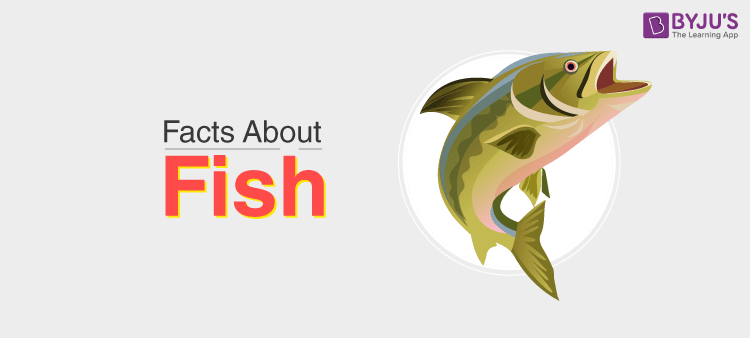Fish are cold-blooded, gill-bearing aquatic organisms that lack limbs. Fish have great diversity, including armoured fish, jawless fish, lobe-finned fish, cartilaginous fish, and ray-finned fish. In the taxonomic hierarchy, fishes belong to the kingdom Animalia, phylum Chordata and class Pisces.
Among these, most of them are ectothermic, i.e. cold-blooded organisms. According to the behaviour and characteristics of nature, they show diversity in their bodily structures.
Most of the fishes live in saltwater. Halibut and cod are habitats of oceans and seas. At the same time, fishes are a habitat of freshwater, including trout and catfish, which live in lakes and rivers.

What is fish production?
Fish production mainly refers to aquaculture in which fish are raised, preserved in enclosures, and sold. Fish farming involves the commercial breeding of fish, usually for food and other commercial species. This rearing or breeding of fish is also referred to as fish farming or pisciculture.
Explore more:Animal Husbandry
Characteristics of fish
Fish are cold-blooded, jawed vertebrates, which comprise specific organs for circulation, excretion and respiration. They are the most diverse animal species among the vertebrates. Many fish species are susceptible to temperature changes and cannot regulate their body temperature.
One of the primary criteria for an animal to be classified as a fish is the presence of gills throughout its life cycle, which help in respiration.
The list below includes features that all fish have in common:
- They have separate sexes
- They may be either oviparous or ovoviviparous
- They are found in freshwater, saltwater, marine, and brackish water
- The mode of nutrition includes both carnivorous, and very few species are herbivorous
- All fish have a swim bladder, and the fins are an almost universal characteristic of fish.
- The body of a fish is covered with thick-seated scales that protect the internal organelles.
- Fish have a closed circulatory system with a single circuit for blood flow and a two-chambered heart with a single atrium and a single ventricle.
- They have a well-developed digestive system, excretory system and nervous system, which comprises the brain and ten cranial nerves.
Interesting facts about fish
Here, let us learn some amazing facts about fish.
Fact – No -1
Salmon are several ray-finned fish species that migrate every year to breed and lay eggs.
Fact – No -2
Fish have a good sense of taste, sight, touch and can also feel pain.
Fact – No -3
The largest fish is the great whale shark, which grows up to 50 feet long. The smallest or the tiniest fish is the Philippine goby, which is about the size of our fingernails.
Fact – No -4
All fishes reproduce by laying eggs. Some fish, such as great white sharks, give birth to their young ones, called pups.
Fact – No -5
Lungfish can also survive on land for several years by covering their body with a secreted mucus cocoon and burrowing itself under the unbaked earth until the water returns.
Fact – No -6
Few species, including the great white shark, can raise their body temperature and survive even in icy conditions.
Fact – No -7
A group of fish are generally called school and shoal. These words are evolved from the Dutch language meaning a troop or crowd.
Fact – No -8
Most fishes have taste buds all over their body. At the same time, sharks are the only fish that have eyelids.
Fact – No -9
Both electric eels and electric rays are the only fish species with enough electricity to kill a horse.
Fact – No -10
Fish are those species with reduced metabolism, slowed physical activity and lowered response to stimuli.
This was a brief introduction to fish, fish production, characteristics, along with some interesting facts about fish. To know more about fish, anatomy, physiology, other related topics and important questions on fish, keep visiting our
website, at BYJU’S Biology.
Related Links:
Comments